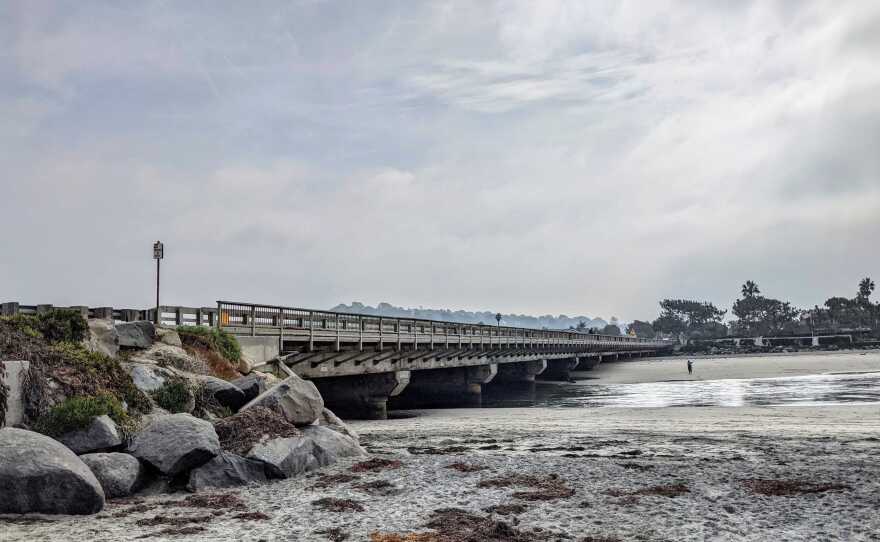One of the most-trafficked thoroughfares in Del Mar might get a boost from the recently passed federal infrastructure bill.
More than 20,000 vehicles cross the Camino Del Mar bridge every day. The city has been trying to replace it for years and it's considered structurally deficient.
In 2017, the city received a grant from the Federal Highway Administration that will cover 88.5% of the estimated $49 million replacement cost. Del Mar will need to come up with the rest of the money.

In May, the San Diego County Board of Supervisors allocated $3.5 million toward the project. The city has spent $1.4 million of its own money and would need to raise another $2.2 million between now and 2025, when construction is expected to begin.
"We hope there may be some federal grants that are going along with this infrastructure bill that will allow us to use it for a local match," Del Mar City Councilmember David Druker said.
Part of the $1 trillion infrastructure bill sets aside more than $100 billion to repair aging highways and bridges.
Del Mar, which is dependent on tourist tax dollars, was hit hard by the pandemic, but Druker said the city is committed to funding the bridge.
"We basically have prioritized that bridge be continue funding," he said. "The major amounts of monies are not going to be needed until construction starts."
RELATED: San Diego well positioned to receive funding in infrastructure bill
The bridge was built in 1932 and widened in 1952. It was upgraded in 2000. Del Mar has been trying to get it replaced for years.
The bridge is crumbling. There are exposed rebars and rust everywhere. But it’s not just this bridge, the infrastructure bill will help a host of other projects in San Diego.
“This will be a great way of jump-starting that investment and moving the ball forward with the kinds of changes that we need to make,” North County Economic Development Council CEO Erik Bruvold said.
There are lots of needs and this is an opportunity for smart investments, he said, such as strengthening the bluffs along the coastal rail corridor.
“That rail corridor was put in almost 100 years ago," Bruvold said. "The topography along our coastal bluffs has changed in that period of time.”
The San Diego Association of Governments, the primary public planning and transportation agency for the region, is looking to move the tracks more inland. But for now, Bruvold said the immediate concern is stabilizing the bluffs in light of sea-level rise caused by climate change.





